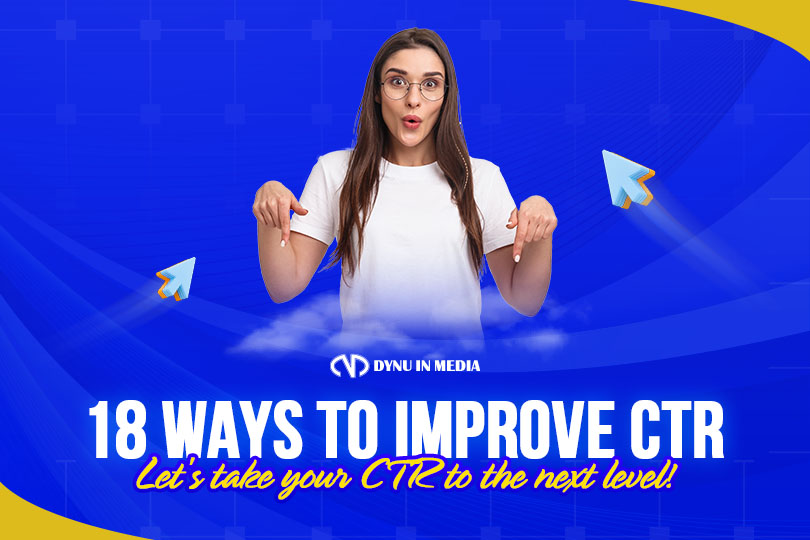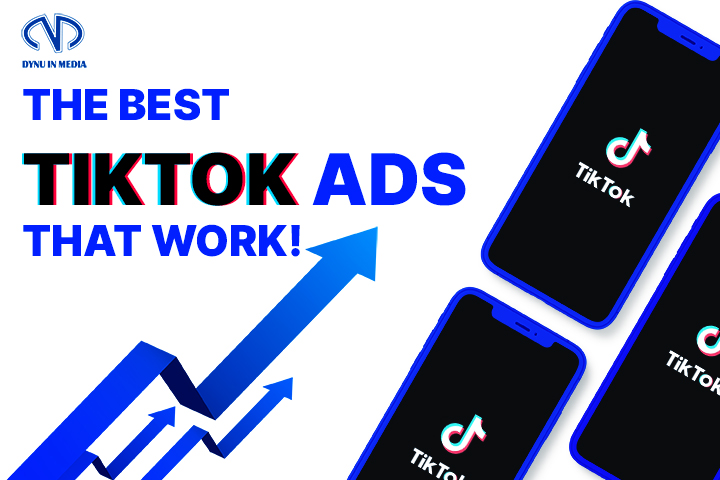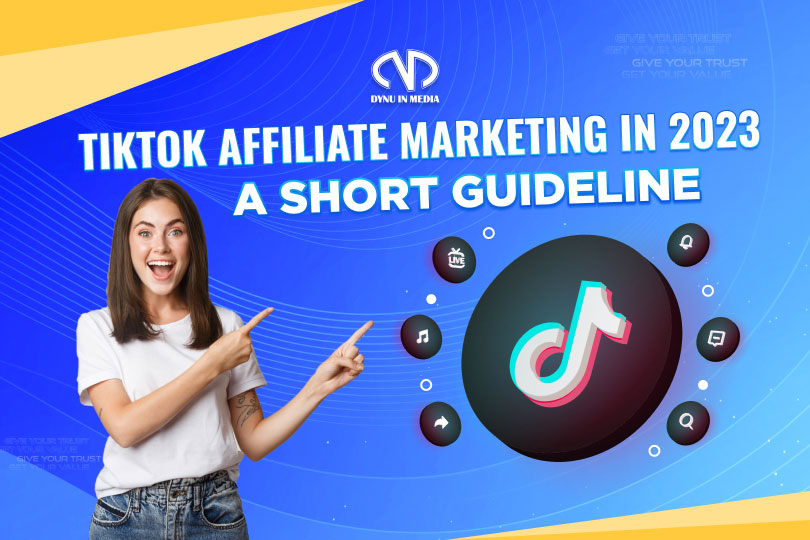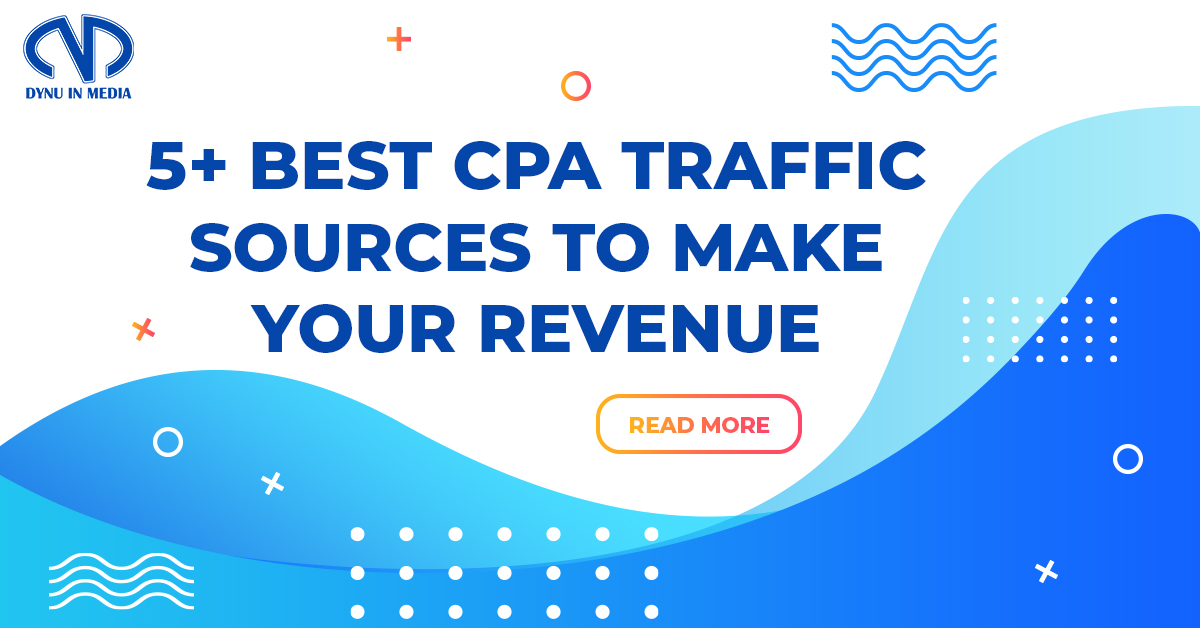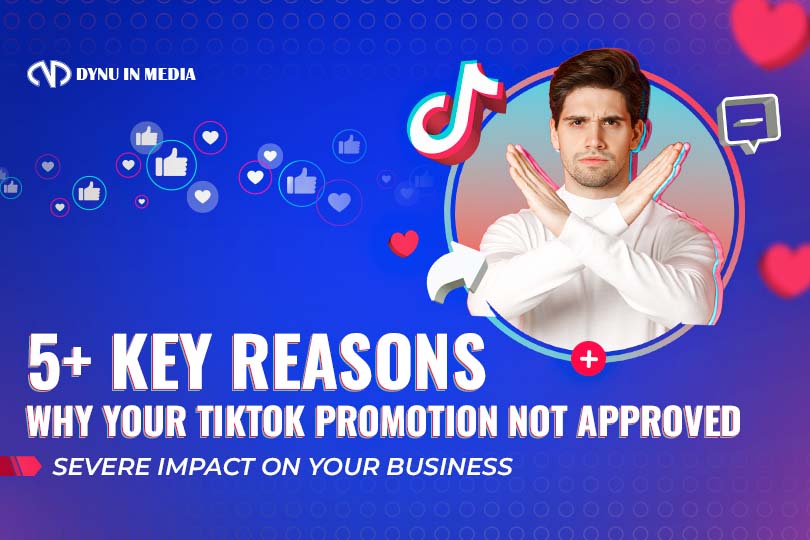What Is An Ad Exchange? How Does It Work? [2023 Update]
What is an ad exchange, you ask? It’s simply a digital marketplace where buyers (advertisers) and sellers (publishers) come together based on the needs of trading virtual ad space. And with the rise of AI this year, it’s not a surprise that more and more websites will be born, meaning the ad exchange marketplace is busier than ever. Let’s see how it works from Dynu In Media’s viewpoint.

What Is An Ad Exchange?
At its core, an ad exchange is a digital marketplace connecting advertisers and publishers to trade ad space.
Advertisers can bid on ad space, and publishers can sell ad space to the highest bidder. Ad exchanges are a way for advertisers to reach a wider audience and for publishers to monetize their content by selling ad space.
Who are these publishers? They are website owners who are willing to sell their digital ad space using an ad exchange platform. In addition, the publishers use SSP (supply-side platform) to make those spaces available for advertisers to purchase.
Advertisers can be ad agencies, ad networks, or individual marketers who need to put their ads on display on others’ websites. To connect to an ad exchange and buy ad space, they must use a DSP (demand-side platform).
Ad exchanges are powered by RTB (Real-time Bidding) technology. It works as an auction mediation mechanism that serves both the buyer and seller sides. No favoritism here. Just an autonomous platform that supports programmatic ad buying.
Let’s have a detailed explanation below.
How Does An Ad Exchange Work?

Here’s how an ad exchange works.
First, both the sellers and buyers have to be on the same ad exchange platform to make it work.
The seller plugins their inventory to the ad exchange network through an SSP. It then scans all over the publisher’s pages to record the inventory.
When a user visits a website, their information is sent to the ad exchange. With this data, the ad exchange picks the most suitable bidders.
In the meantime, advertisers connect with the ad exchange through a DSP. They bid on the ad space based on user data and other criteria. The highest bidder’s ad is then displayed on the website.
This process happens in constant loops whenever there is a new inventory available. That said, advertisers can choose to be notified with a bid request or get automatically started immediately. Therefore, publishers can sell ad space more quickly while advertisers have new buying opportunities constantly.
Different Types Of Ad Exchanges
There are three types of ad exchanges, as listed below.
- Private Ad Exchanges
PMP (Private Marketplace) is what we call a private ad exchange, a closed platform for only premium publishers.
These PMPs are usually managed by a publisher who can decide what advertisers to sell ad space to. Everything about a PMP, including the bidding terms and prices, lies in the hands of one publisher. That, therefore, makes it easier for involved parties to have more direct negotiations.
- Open Ad Exchanges
Opposite to private ad exchanges, open ones offer open auctions for sure. That means a broad range of publishers and advertisers look for each other on this type of platform.
However, advertisers will not likely have detailed publisher information. It offers an extensive range of publishers for all buyers though. So it’s best to say open ad exchanges should be referred to by advertisers who want to broaden their reach.
- Preferred Ad Exchanges
This type of ad exchange works more as a custom deal between advertisers and publishers. It allows the seller to make a fixed price upon their ad inventory. With this approach, buyers can benefit from stable prices while sellers gain stable ad revenue.
What Are The Benefits Of An Ad Exchange?

Benefits of Ad Exchange for Advertisers
Ad exchanges allow advertisers to reach a wider audience. They also provide more control over ad placement, targeting, pricing, and filtering publishers.
For example, there are various publishers on the ad exchange platform, but not all of them are good. In some cases, advertisers would want to block some publishers from displaying their ads.
Benefits of Ad Exchange for Publishers
Publishers can use ad exchanges to monetize their content by selling ad space. They can also control which ads are displayed on their website, the ad styles, and pricing.
For example, publishers set a minimum price for their ad inventories because they want to make big bucks from it. Such a floor price also helps publishers make a fair deal for their buyers.
Ad Exchange vs. Ad Network: What’s The Difference?
Simply put, ad networks act as intermediaries between advertisers and publishers. They typically buy ad space from publishers and resell it to advertisers. Ad exchanges, on the other hand, allow advertisers to bid on ad space directly.
Ad Exchange vs. Supply-side Platform: What’s The Difference?
Supply-side platforms (SSPs) are similar to ad exchanges, but they are used by publishers to sell ad space directly. Ad exchanges are used by both advertisers and publishers.
Top 7 Best Ad Exchanges in 2023
Along with the rising demand for digital ad space come many ad exchanges. Below are the best ones to consider in 2023.
Google Ad Exchange
Google Ad Exchange is one of the most popular ad exchanges, using RTB technology to operate bidding. It’s designed for extensive advertisers and publishers and operates through the Google Ad Manager Platform. Both parties can access their ad campaign metrics easily with Google Analytics.
OpenX
OpenX was born in the US in 2008 and now has more than 200 million monthly users in this country. That makes perfect sense because OpenX is certified as an anti-malware and anti-fraud system by the Trustworthy Accountability Group (TAG).
With OpenX, advertisers can customize their advertising campaigns based on demographics, geographic locations, and user behavior. Advertisers can also monitor the quality of their campaigns and measure the results through OpenX’s advanced analytics dashboards.
Xandr
Xandr started as a video ad marketplace founded by AT&T in 2018. Then Microsoft acquired it in 2021 and leveraged it for cross-platform display advertising.
With the resources available to Microsoft, the platform forms a network of large-scale advertisers and publishers. Xandr provides comprehensive inventory management and transactions directly under its ad server.
Smaato
Another TAG-certified ad exchange is Smaato, meaning users shouldn’t have any safety concerns with the platform. It works as either an open or private ad exchange for sellers and buyers. Both parties can have their own control over who to corporate with in terms of ad space trading.
Magnite
Magnite is a late postpartum advertising platform compared to the ones above. However, it has become one of the largest independent seller-side platforms in the world, as Magnite describes itself. Yes, you can find Magnite solutions on all digital platforms.
Some of the main products coming from this ad exchange platform are connected TV (CTV) and OTT platforms. Magnite’s solutions span the globe, providing a high-quality connection between advertisers and publishers globally.
SmartyAds
This is another great option for sellers and buyers who are looking for an open global ad exchange platform. It provides quality service with over 250 DSPs. This marketplace also connects premium publishers, direct advertisers, and mobile apps.
IndexExchange
IndexExchange is another interesting global advertising marketplace for advertisers since it only provides buy-side solutions. TAG certifies this ad exchange platform against anti-piracy, anti-fraud, and malware.
What is an ad exchange, after all? Ad exchanges are great digital marketing tactics for both publishers and advertisers. While publishers can monetize their website content, advertisers can reach more target audiences on different platforms. Also, with the development of AI and newly-created websites day by day, the demand for this type of advertising has become more significant than ever before. Dynu In Media hopes our curated list of the ad exchange platforms in this blog can help you with your ad campaigns. Good luck!



